How Do Autonomous Vehicles Handle Sudden “Hidden Pedestrian” Scenarios?
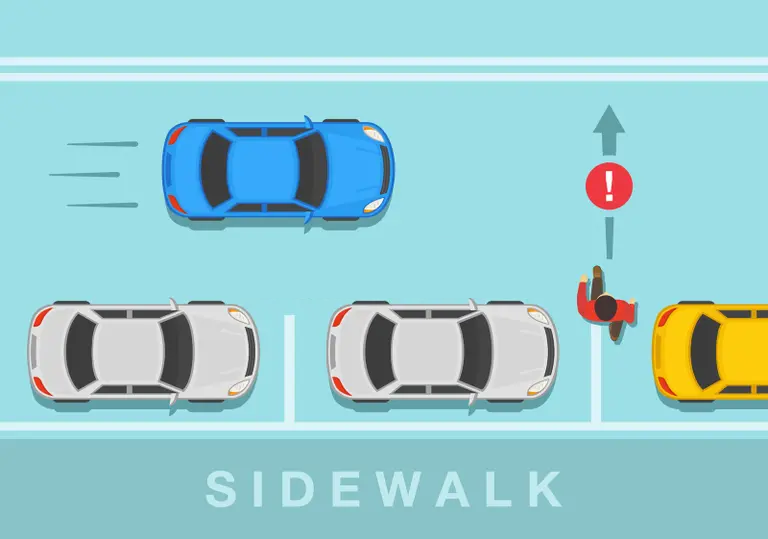
With the rapid development of intelligent automotive technology, autonomous driving has become a key selling point for new energy vehicles. However, one of the trickiest real-world challenges for self-driving systems is handling sudden emergencies like the so-called “hidden pedestrian” scenario — when a pedestrian, cyclist, or other object suddenly emerges from a blind spot into the driving path. How exactly does an autonomous car deal with such edge cases?
Huawei’s HIMA Family Welcomes the All-New Mid-Size SUV: SAIC H5
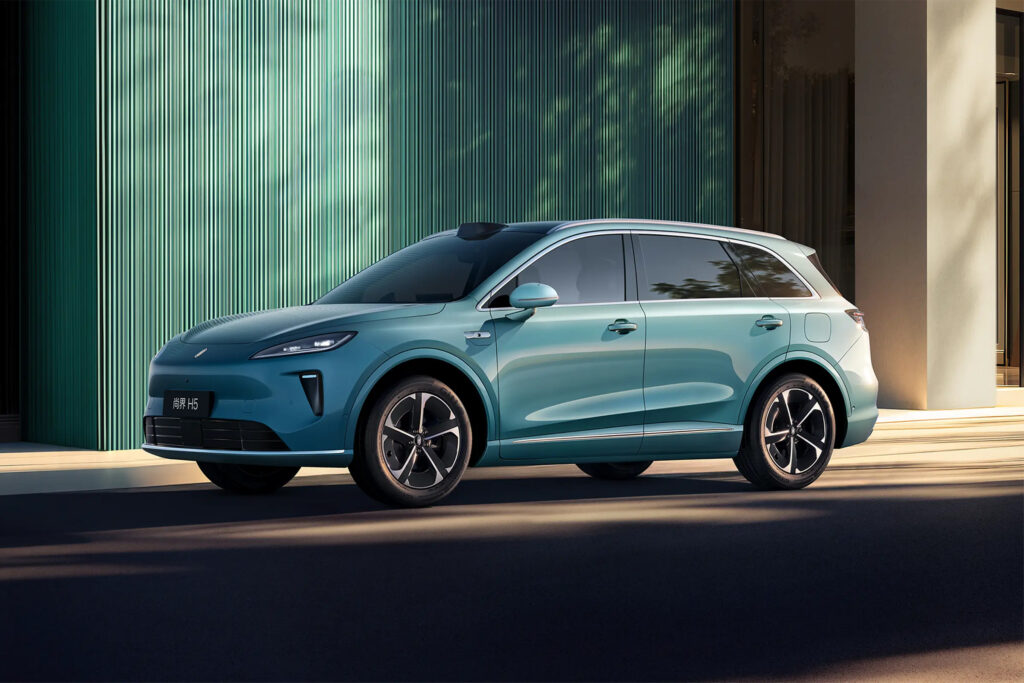
Huawei’s first model under the SAIC brand — the SAIC H5 — has officially launched. As the fifth “Jie” under the HIMA, The H5 enters the market as a mid-size SUV, offering 6 trim levels, available in both pure electric and range-extended versions, all equipped with Huawei’s QianKun ADS 4 Advanced Driver Assistance System (ADAS). Prices start from ¥159,800 to ¥199,800 RMB.
What Factors Are Crucial for Extending EV Range?
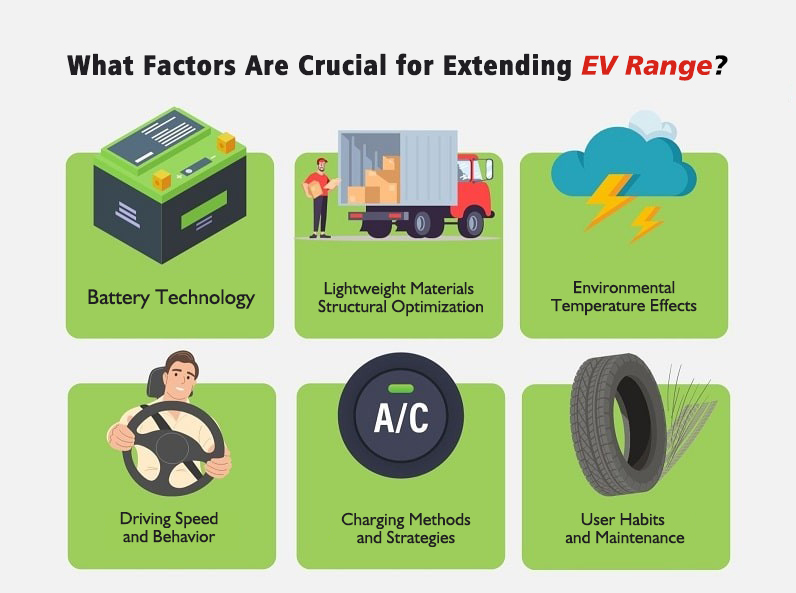
With the booming growth of the electric vehicle (EV) market, driving range has always been one of the most critical factors consumers consider when purchasing an EV. However, the range is not just determined by the car’s design — the real key lies in the advancement of battery technology. So, how can we extend the range of EVs? What are the most crucial influencing factors? Let’s dive into the science and technology behind EV batteries.
What’s the Difference Between Single-Chamber and Dual-Chamber Air Suspension?
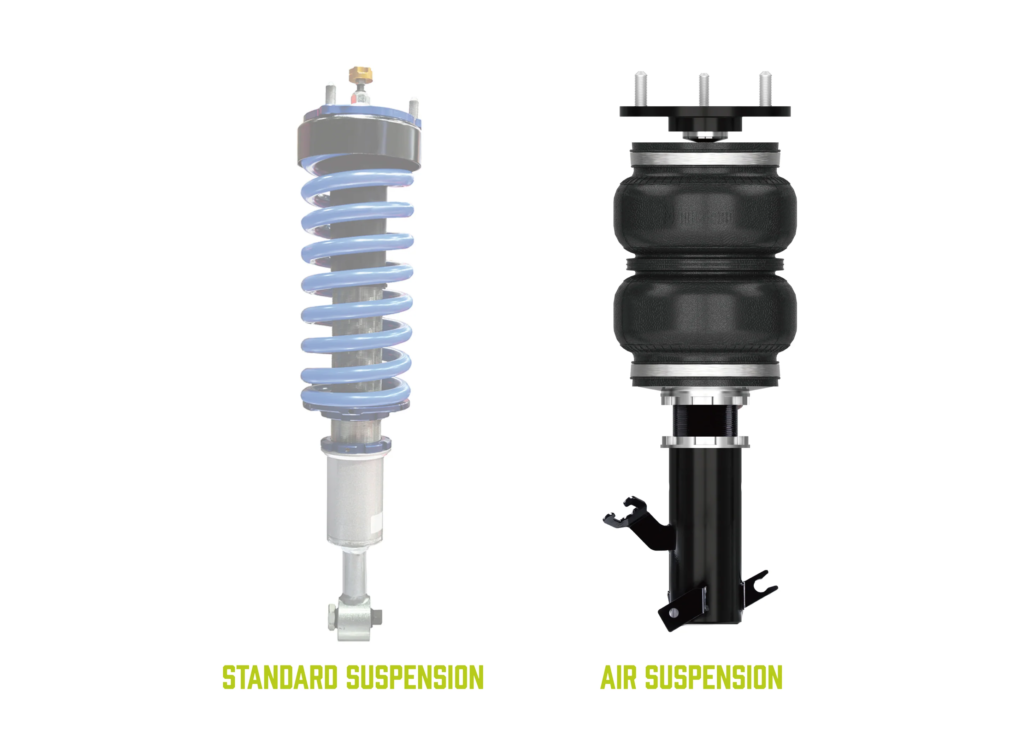
Air suspension is no longer an unfamiliar term for car enthusiasts. Air suspension has now made its way into mainstream consumer vehicles—thanks to the rapid development of new energy automakers and high-end vehicle technologies. Recently, dual-chamber air suspension has also entered the scene, raising a common question: what’s the difference between single-chamber and dual-chamber air suspension, and which one performs better?
Installing Home EV Charger: A Smart Investment with Multiple Benefits
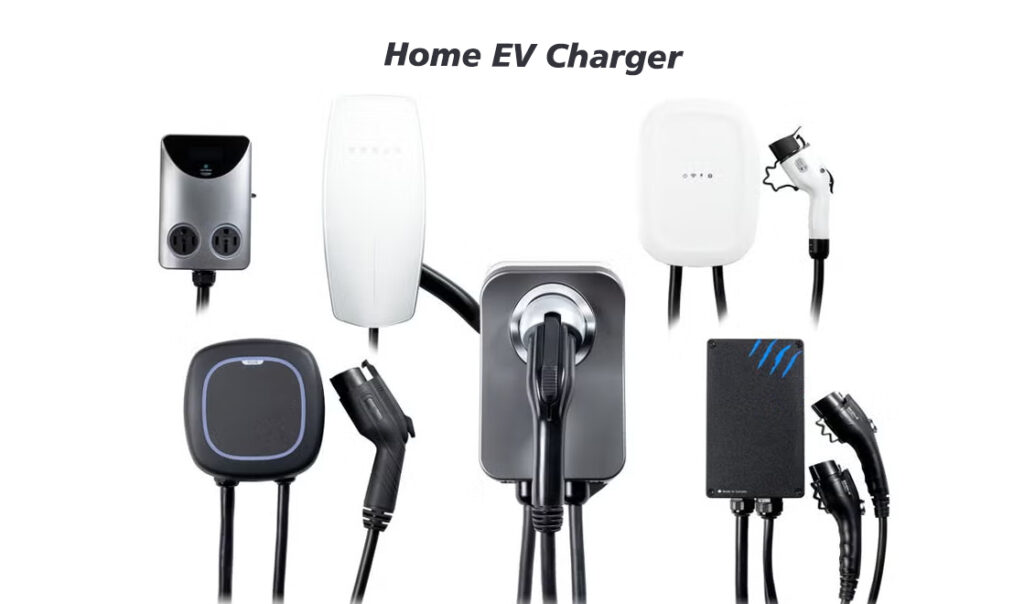
As the world enters the era of new energy vehicles, most EV owners consider installing a home charging station right after buying their car. But what exactly are the benefits of having a private charger at home? Today let’s dive into the details.
Unibody vs. Body-on-Frame — The “Chassis Battle” in New Energy Vehicles
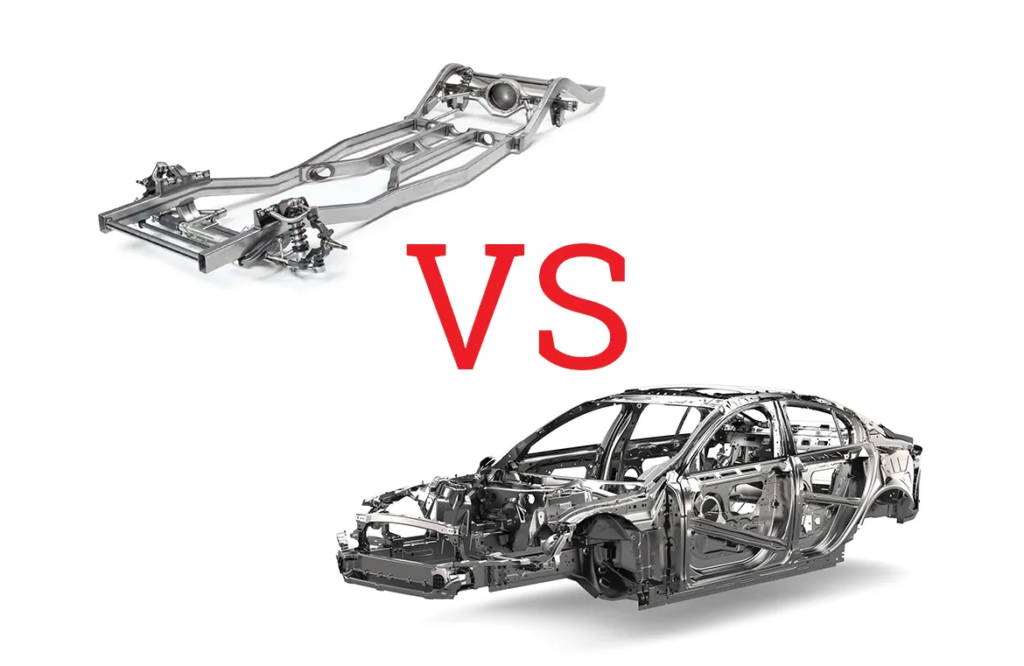
BYD’s Leopard brand recently launched the second model of its “Titanium” series, the Titanium 7, a large SUV designed with more urban appeal than its rugged siblings. This release has reignited the long-standing debate between Unibody (Monocoque) and Body-on-Frame (Ladder Frame) structures — a debate now entering the new energy vehicle (EV) era.
BYD Big Box:Leopard Titanium 7 Officially Launched

On the evening of September 9, BYD’s Leopard brand officially launched its latest model—the Titanium 7. Positioned as a mid-to-large SUV, the Titanium 7 is priced between ¥179,800 – ¥219,800RMB.Following the Titanium 3, the Titanium 7 becomes Leopard’s second load-bearing SUV—this time as a plug-in hybrid, offering an ideal balance for customers who need both personal driving fun and family practicality.
Intelligent Battery Thermal Management System: The Core of Temperature Control in New Energy Vehicles
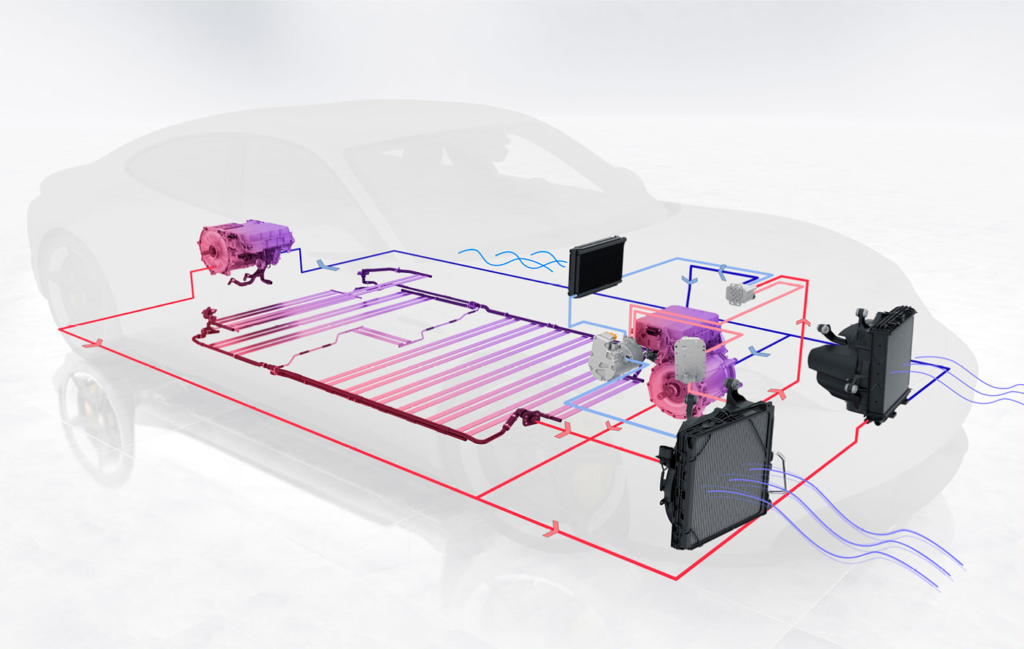
Winter range loss, overheating alarms during fast charging, and accelerated capacity degradation after long-term use—these are common concerns for EV owners, and most of them stem from uncontrolled battery temperature. The Battery Thermal Management System (BTMS) creates a “constant temperature shield” around the power battery. By keeping the battery within its optimal range of 25–35℃, it ensures both safety and performance, extending driving range and battery lifespan.
China EV global sales in August: BYD 371501, HIMA 44579, Geely 147347, Nio 31305
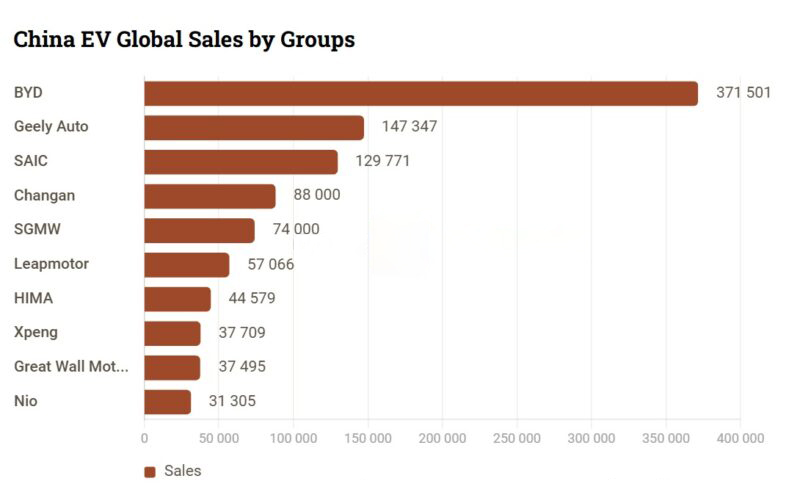
In August, the China automaker’s EV sales were mostly up. Nio Group was up 55%, Huawei’s HIMA was 32% up, Geely was 95% up, and BYD was mainly flat, with a 0.2% increase compared to the same month last year. The sales represent passenger vehicle (PV) sales of new energy vehicles (NEV) of Chinese automaker groups globally for July. NEV is a Chinese term for all-electric vehicles and plug-in hybrids.
Millimeter-Wave Radar: The “Ballast Stone” of Autonomous Driving Safety
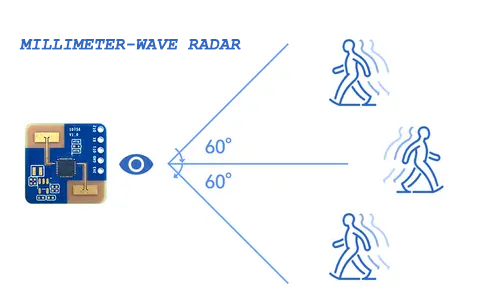
When discussing the sensory world of autonomous driving, flashy LiDAR and high-definition cameras usually steal the spotlight. Yet behind all the glamour, there is a quiet but indispensable sensor that forms the backbone of safety in self-driving systems—millimeter-wave radar. Let’s dive deeper into its principles, features, advantages, comparisons, and future applications.
